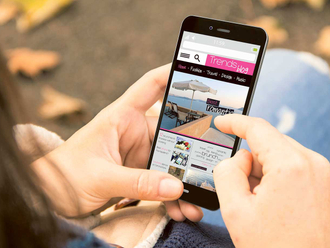San Francisco: Jurors who awarded Apple Inc. more than $1 billion (Dh3.67 billion) in its intellectual property battle with Samsung Electronics Co. relied on emails describing Google Inc.’s influence to arrive at their decision.
Velvin Hogan, foreman of the nine-member panel, said on Saturday in an interview that jurors went through a “meticulous” process of determining that Samsung infringed Apple’s products. When it came time to determine whether the infringement was “willful,” or intentional, “we knew where we had to go in the evidence,” Hogan said, referring to the emails. The emails included an internal 2010 Samsung message describing how Google asked it to change the design of its products to look less like Apple’s.
The jury’s finding that the infringement was intentional allows US District Judge Lucy Koh in San Jose, California, to triple the damages next month when she considers Apple’s request to bar sales of some Samsung products.
“Certain actors at the highest level at Samsung Electronics Co. gave orders to the sub-entities to actually copy,” Hogan said. “So, the whole thing hinges on whether you think Samsung was actually copying. The thing that did it for us was when we saw the memo from Google telling Samsung to back away from the Apple design.”
“The entity that had to do that actually didn’t back away,” the 67-year-old San Jose resident said.
Jury deliberations
Hogan said the group pressed through deliberations without any formal coffee breaks, worked through lunches, and deliberated for an hour longer than scheduled on two of the three days.
Hogan, who told the court he had served on three juries in civil cases and has two children in their 40s, spent seven years working with lawyers to obtain his own patent covering “video compression software,” a hobby of his. He worked in the computer hard drive industry for 35 years at companies including Memorex Corp., Colorado-based Storage Technology Corp. and Massachusetts-based Digital Equipment Corp.
Based in part on that experience, jurors elected him foreman, Hogan said. The only dissenting vote was his own, he said.
The jury’s first job was to determine which patents were valid, he said.
Light bulb
“When I got in this case and I started looking at these patents, I considered: ‘If this was my patent and I was accused, could I defend it?’” Hogan explained. On the night of August 22, after closing arguments, “a light bulb went on in my head,” he said. “I thought, I need to do this for all of them.”
The next day, the first full day of deliberations, Hogan said he explained his thinking to his fellow jurors. “We discussed each and every patent, each and every claim, each and every limit” described in the patents, he said.
“We took this extremely seriously, we looked at it meticulously, but the way we looked at it, a lot of things grouped together,” he said.
The group cut through unnecessary work by hand-drawing a matrix on a notepad to illustrate which patents Apple said were infringed by each of 26 Samsung smartphones and tablet computers, he said.












